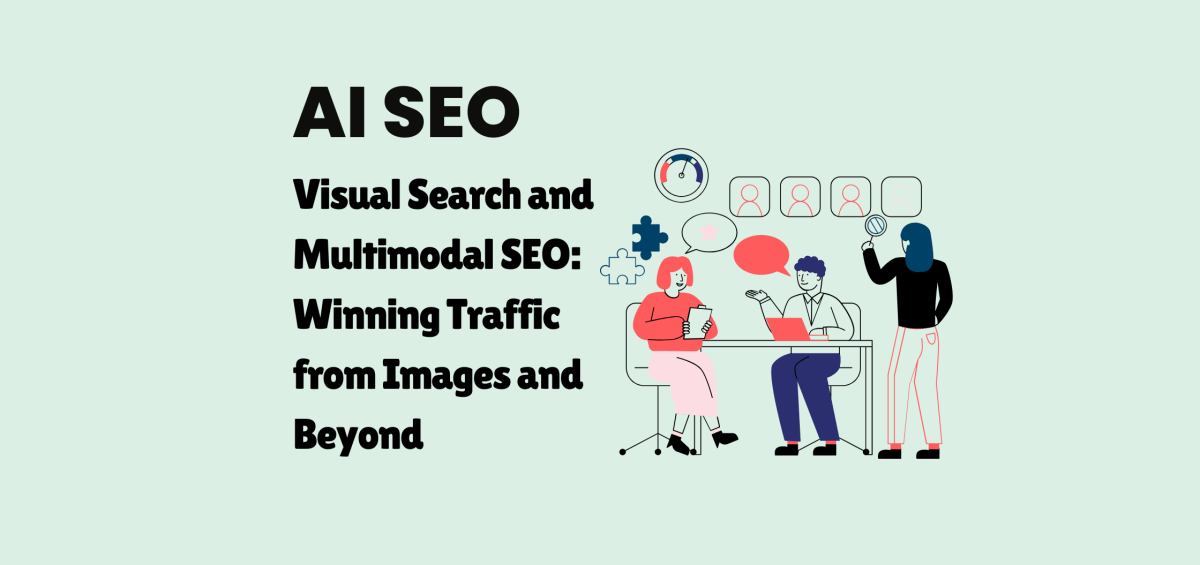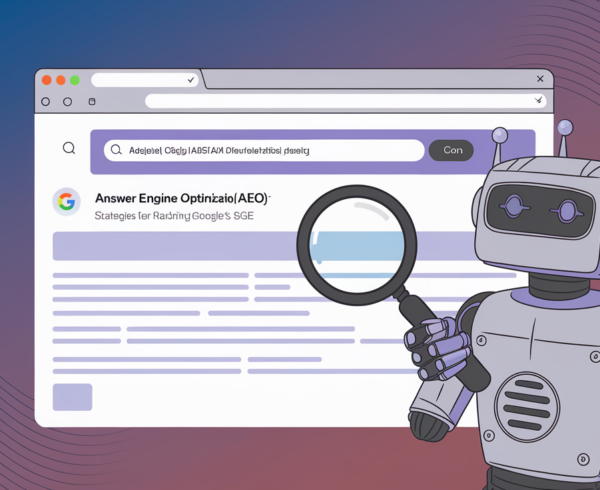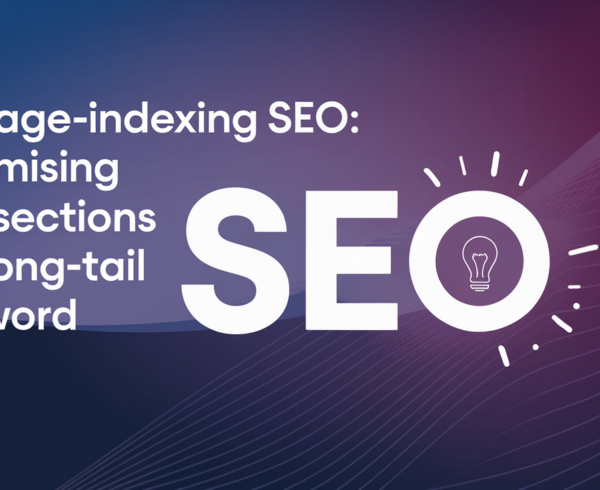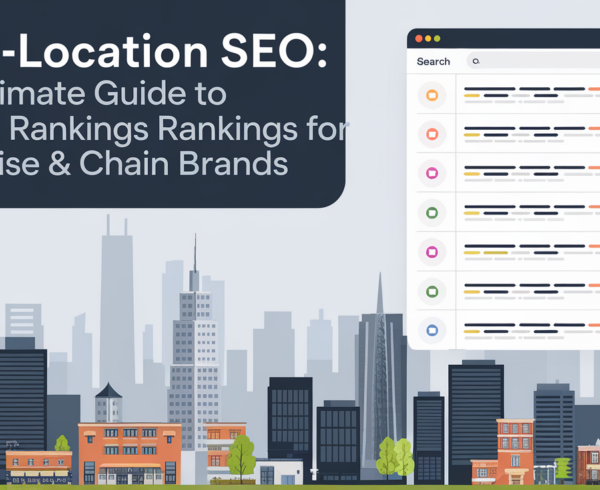Introduction
The internet is becoming increasingly visual. From social media to eCommerce, images, videos, and infographics are no longer supplementary—they’re central to how users engage and how content gets discovered. For any forward-thinking SEO agency, this evolution presents both an opportunity and a mandate: embrace visual SEO and multimodal optimization or risk being left behind.
This shift presents a wealth of opportunities—and some challenges—for businesses. How can you optimize your website for visual search? How do you ensure your images and videos are discoverable by AI-powered search engines like Google, Bing, and Pinterest? In this article, we’ll explore how visual search is revolutionizing SEO, how you can optimize your visual content for better search visibility, and why multimodal SEO is essential for staying ahead.
Visual Search: The Future of Discovery
Visual search allows users to search for products and information based on images rather than text. Instead of typing out a query, users can upload an image to a search engine or use a visual recognition tool to identify objects, products, or places. Google’s Google Lens, Pinterest’s Lens, and even Amazon’s StyleSnap have made significant strides in enabling visual search.
How Visual Search Works
At the heart of visual search is image recognition technology powered by AI and machine learning. These tools analyze visual data (such as shapes, colors, patterns, and textures) to understand what the image contains. When a user uploads an image, the search engine identifies the objects and matches them to relevant information available on the internet.
For example, if a user takes a photo of a pair of shoes, Google Lens can recognize the shoes and return results for similar shoes or relevant online stores. The technology works by analyzing pixel-level details and identifying key attributes such as color, size, texture, and context (e.g., a sofa might be recognized by its shape and fabric).
This shift from text-based to image-based search is significant because it opens up new opportunities for businesses to engage users. According to a Google study, 61% of smartphone users have used visual search to find more information about a product. This means that businesses can now attract potential customers through visual assets (photos, infographics, videos) that are optimized for search engines.
Actionable Tip
Start by ensuring that your images are high-quality, relevant, and well-tagged. Use descriptive alt text and image captions to improve accessibility and SEO, and optimize the file names of your images (e.g., “blue-summer-dress.jpg” instead of “IMG12345.jpg”). This helps search engines understand what your images represent.
Why Multimodal Search is the Next Big Thing
Visual search is just one part of the growing trend of multimodal search, where search engines integrate multiple types of data (text, image, video, and voice) to provide richer, more comprehensive results. With AI advancements like Google MUM (Multitask Unified Model), search engines can now process not just text and images, but also videos, audio files, and even augmented reality content.
Multimodal search has significant implications for SEO because it means that search engines are combining different types of media and information to answer queries. For example, if a user searches for “how to bake a cake,” the results might include not only a traditional web page but also an instructional video, step-by-step photos, and an image carousel of cake designs. This allows search engines to give users more diverse, rich, and immediate answers.
Actionable Tip
As part of your SEO strategy, don’t just focus on text and keywords—incorporate multimedia content into your website. Create blog posts, articles, and product pages that include a mix of text, images, videos, and infographics. This will increase your chances of ranking across different media types in a multimodal search environment.
How to Optimize for Visual Search and Multimodal SEO
To succeed in the world of visual and multimodal search, businesses need to embrace a holistic SEO approach that optimizes not only for text but also for visual and multimedia content. Here are some key strategies for optimizing your site for visual search and multimodal SEO.
1. Optimize Image SEO
Just like text-based content, images must be optimized to improve discoverability. Here’s how to make your images more search-friendly:
- Alt Text: Provide descriptive alt text for every image on your website. This helps search engines understand the content of the image and improve accessibility for users with visual impairments.
- File Names: Use descriptive, keyword-rich file names for your images. For instance, “red-velvet-cake-recipe.jpg” is more SEO-friendly than “image123.jpg.”
- Image Size: Ensure your images are optimized for fast loading times. Large images can slow down your website, which negatively impacts user experience and SEO rankings.
- Structured Data: Use schema markup to provide additional information about your images. For instance, adding Product schema for product images or Recipe schema for food-related images can help your content appear in rich results and increase your chances of being featured.
2. Leverage Video Content
Video content is becoming increasingly important in the multimodal search ecosystem. Platforms like YouTube (owned by Google) are highly integrated into search engines, and videos are often featured in search results. Here’s how to optimize your videos for SEO:
- Video Titles and Descriptions: Use keyword-rich titles and descriptions that clearly describe the content of your video. Make sure these elements align with what users are searching for.
- Video Transcriptions: Provide a transcription of your videos. This not only helps search engines index the content of the video but also improves accessibility for users.
- Video Sitemaps: Add video content to your XML sitemap to ensure that search engines can crawl and index your videos more effectively.
Actionable Tip
Incorporate video content on your product pages or landing pages. Demonstrating how your product works through a video increases engagement, and Google often rewards these pages with higher rankings due to their richness and user engagement.
3. Optimize for Voice Search and Visual Content
As voice search becomes more integrated with visual search, optimizing for both becomes crucial. Many users use voice search to ask for visual products or services, such as “Show me black leather boots near me.”
- Local SEO: For voice queries, local SEO is essential. Ensure your Google My Business profile is up-to-date and includes images of your business or products. Use location-based keywords in your image alt text and video descriptions to improve visibility for voice searches.
- Answer Questions Clearly: Voice search often returns concise answers. Consider adding FAQ sections to your website and targeting question-based keywords that users might ask when using voice assistants.
4. Augmented Reality (AR) and Visual Search
Some of the most exciting advances in visual search come from augmented reality (AR). AR tools allow users to “try before they buy,” whether they’re testing a new lipstick shade, visualizing a piece of furniture in their living room, or seeing how a pair of shoes might look on their feet. Major retailers and platforms like IKEA and L’Oreal have already integrated AR technology into their apps, and this technology will only grow in the coming years.
- Interactive Content: As AR becomes more mainstream, businesses should start to create interactive content that can be accessed through visual search tools. For example, offering 360-degree views or AR visualizations of your products can make your listings stand out in search results.
Conclusion: Embrace Visual and Multimodal Search to Stay Ahead
Visual search and multimodal SEO are transforming the way users interact with search engines. With the rise of AI-driven image recognition, video search, and augmented reality, businesses need to rethink their SEO strategy to stay competitive. By optimizing images, videos, and interactive content for search engines and leveraging multimodal search techniques, you can enhance your visibility across all types of media.
The key takeaway? The future of SEO isn’t just about text—it’s about rich, engaging content that spans across images, videos, voice search, and augmented reality. Start optimizing your visual content today, and you’ll be ready to capture the growing number of users turning to visual and multimodal search to find exactly what they’re looking for.
In the next article, we’ll dive into AI-powered SEO tools and how they can help you automate routine tasks and uncover deeper insights into your search strategy. Stay tuned!






